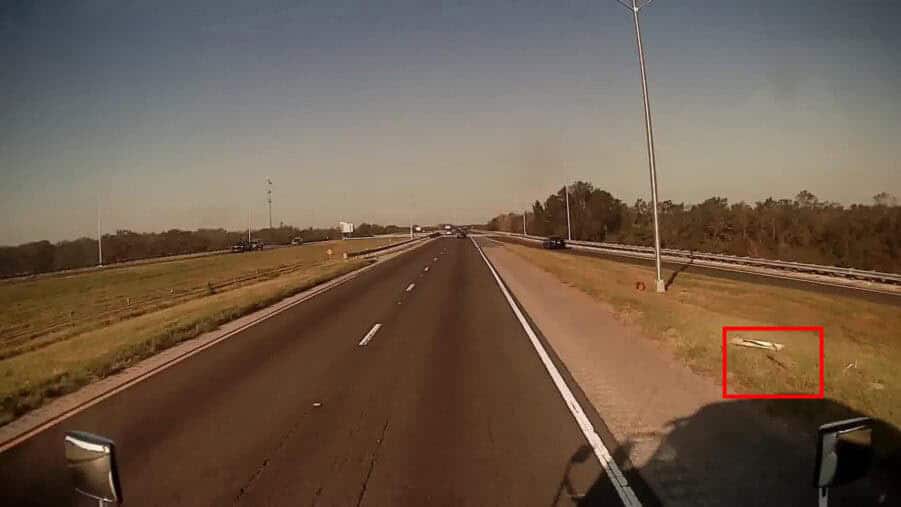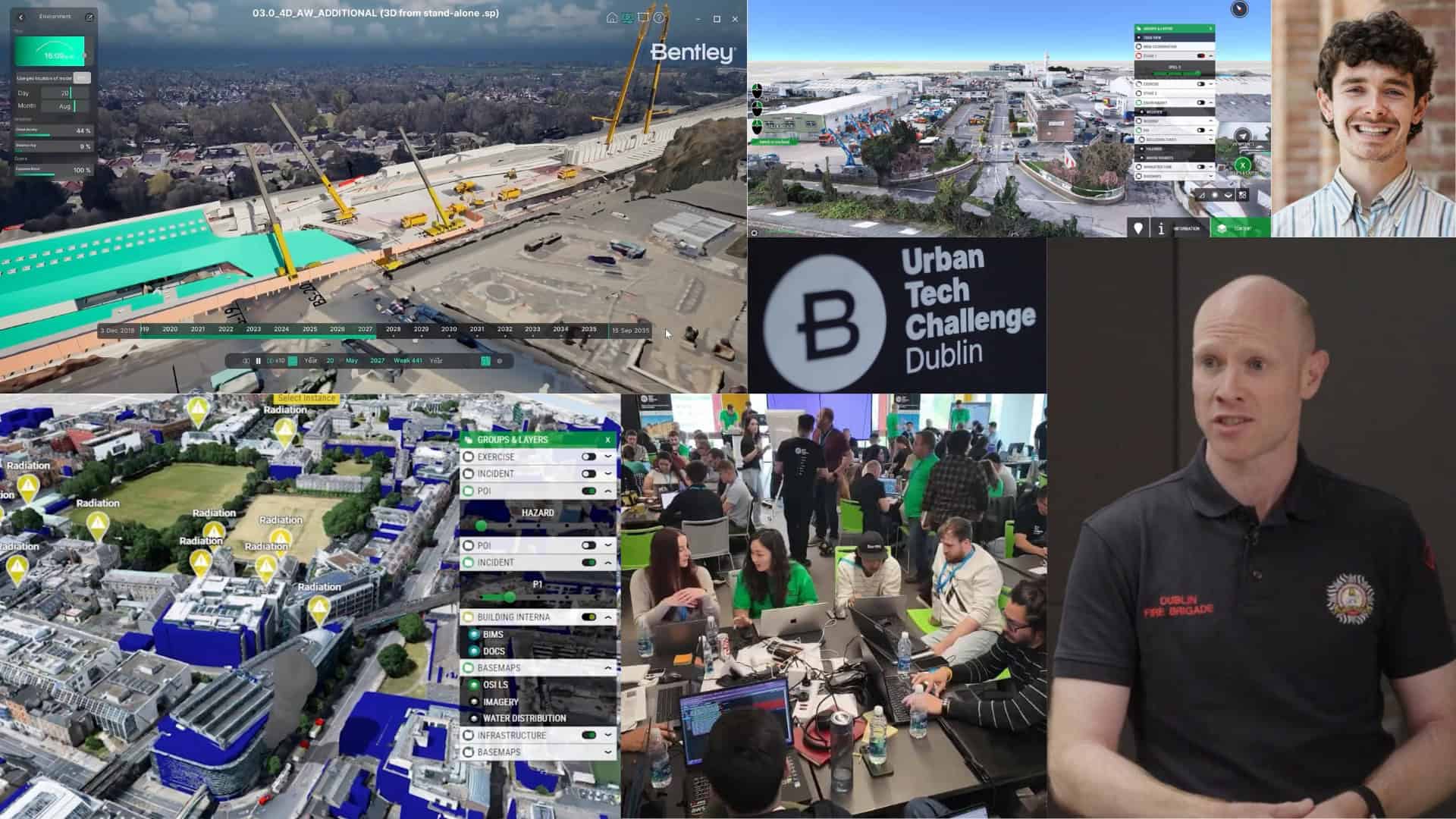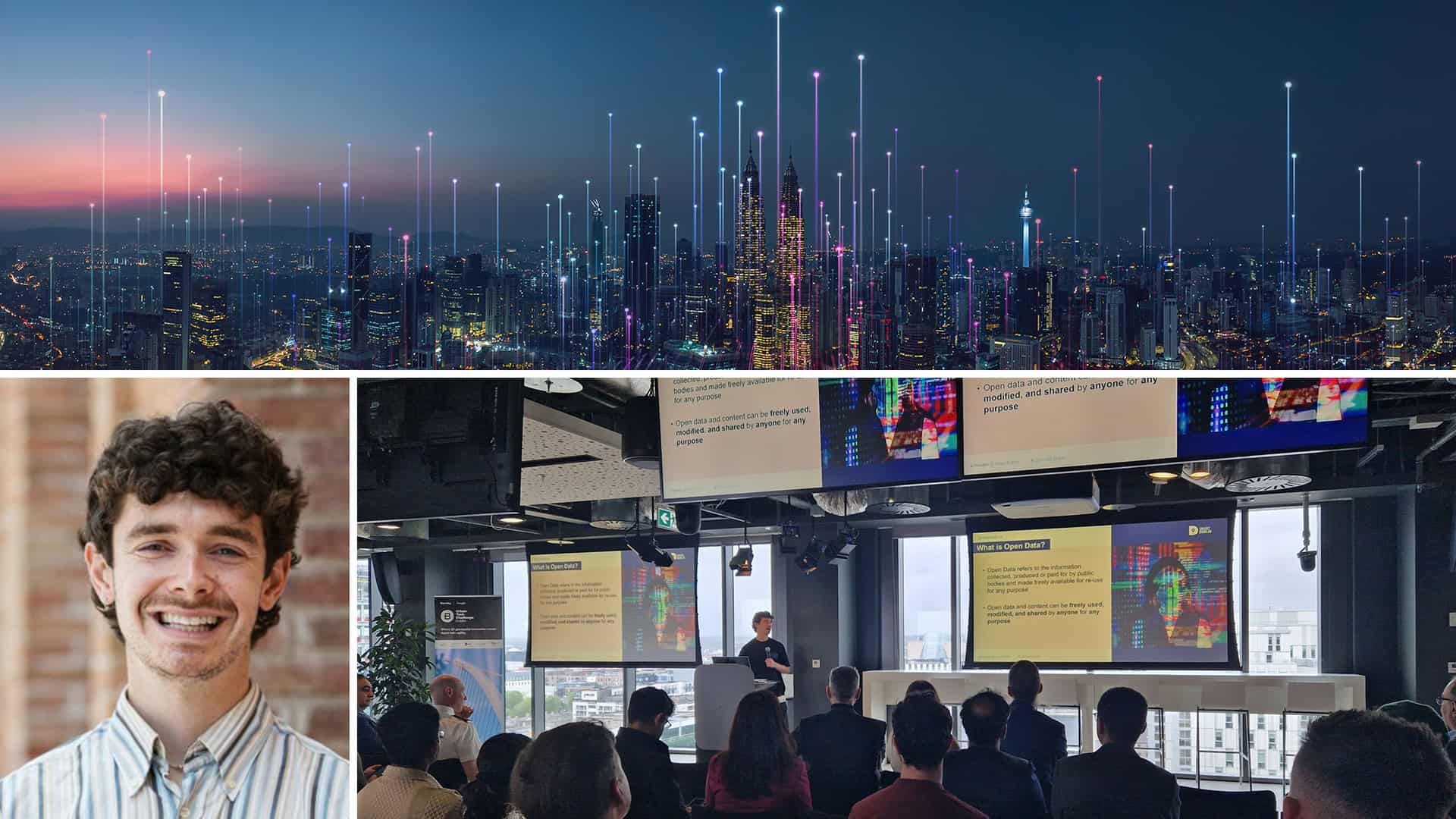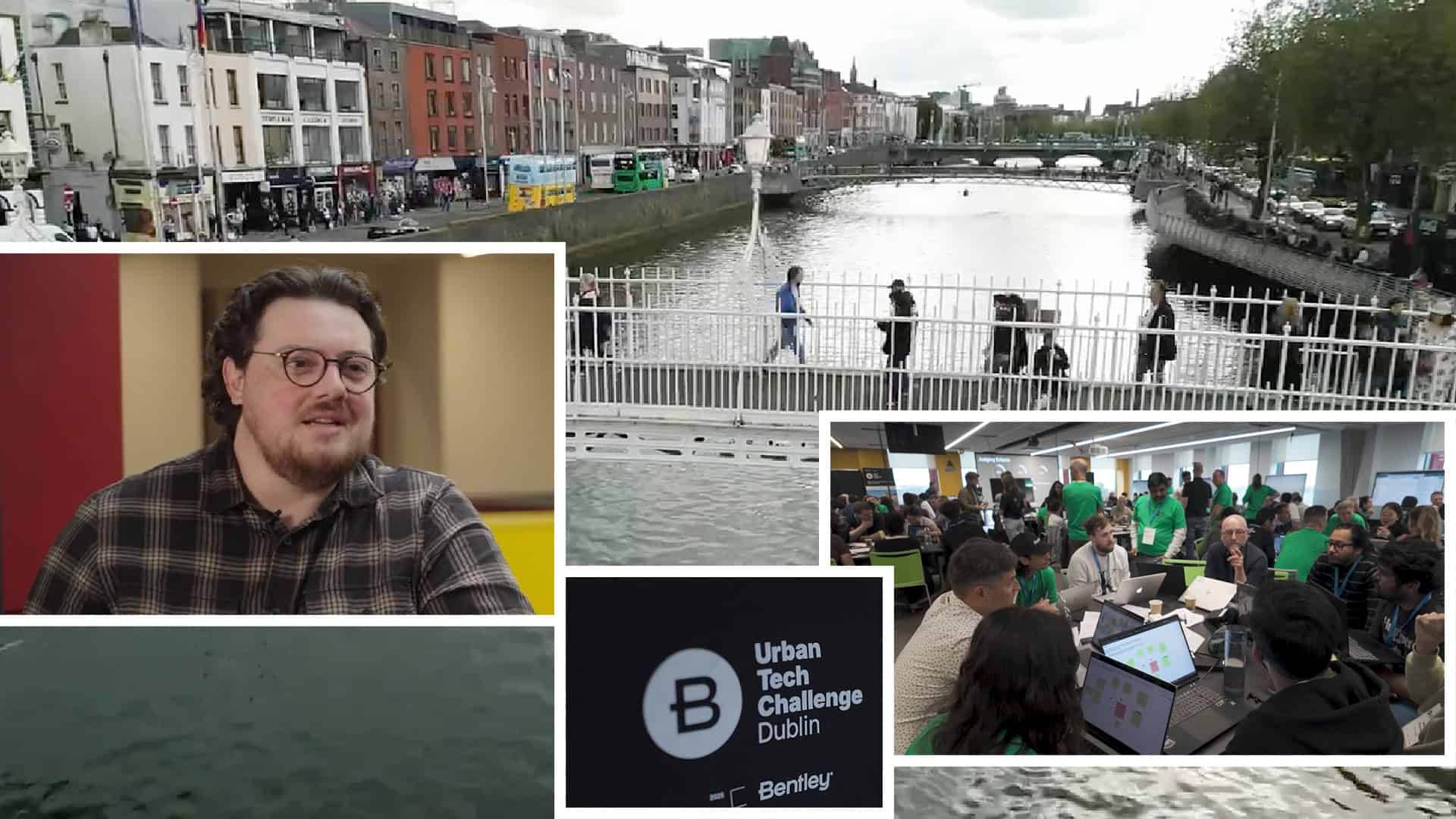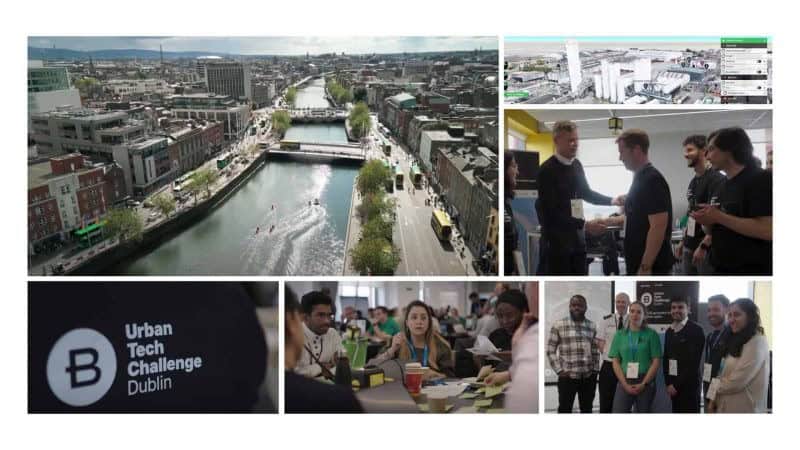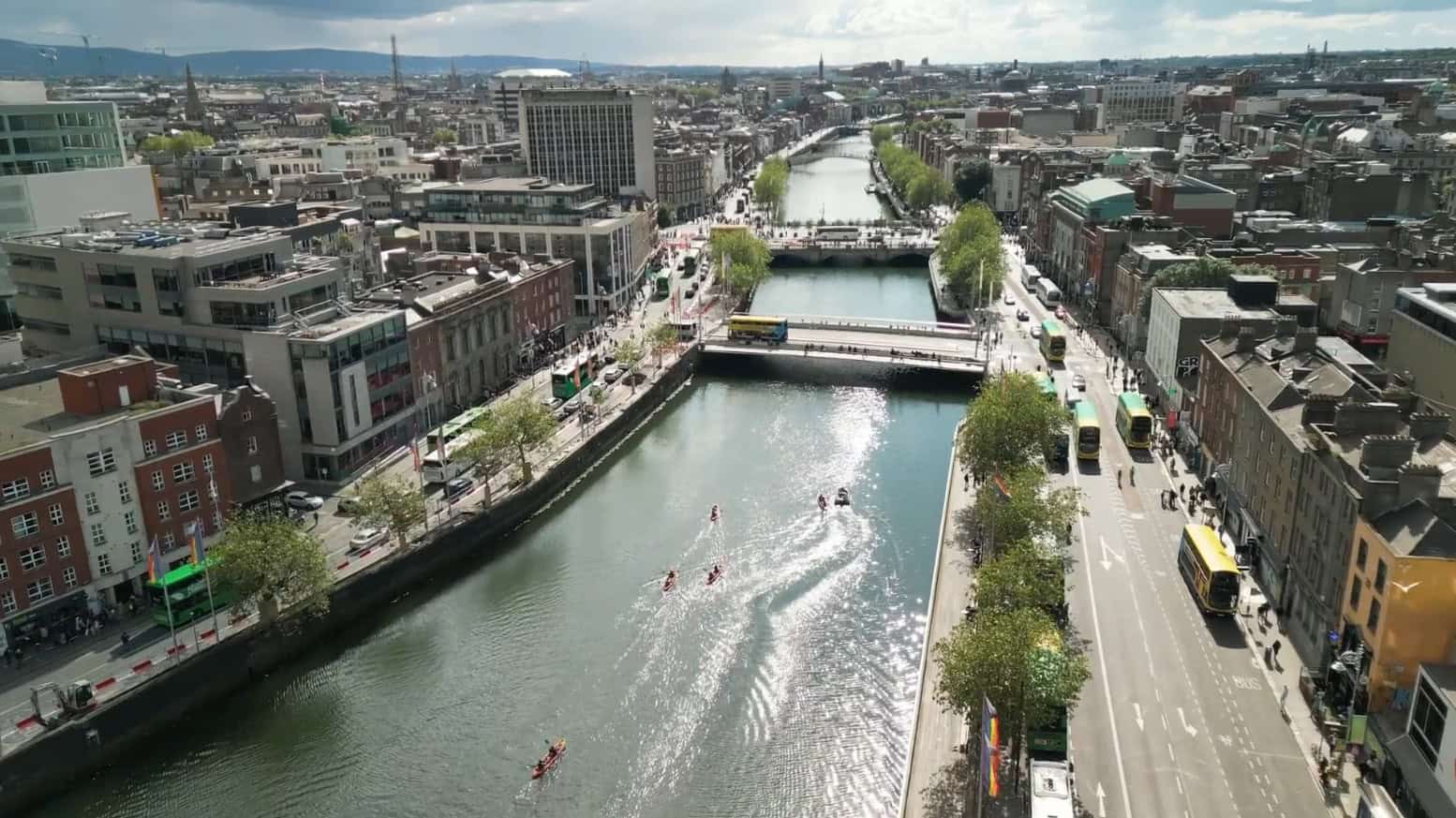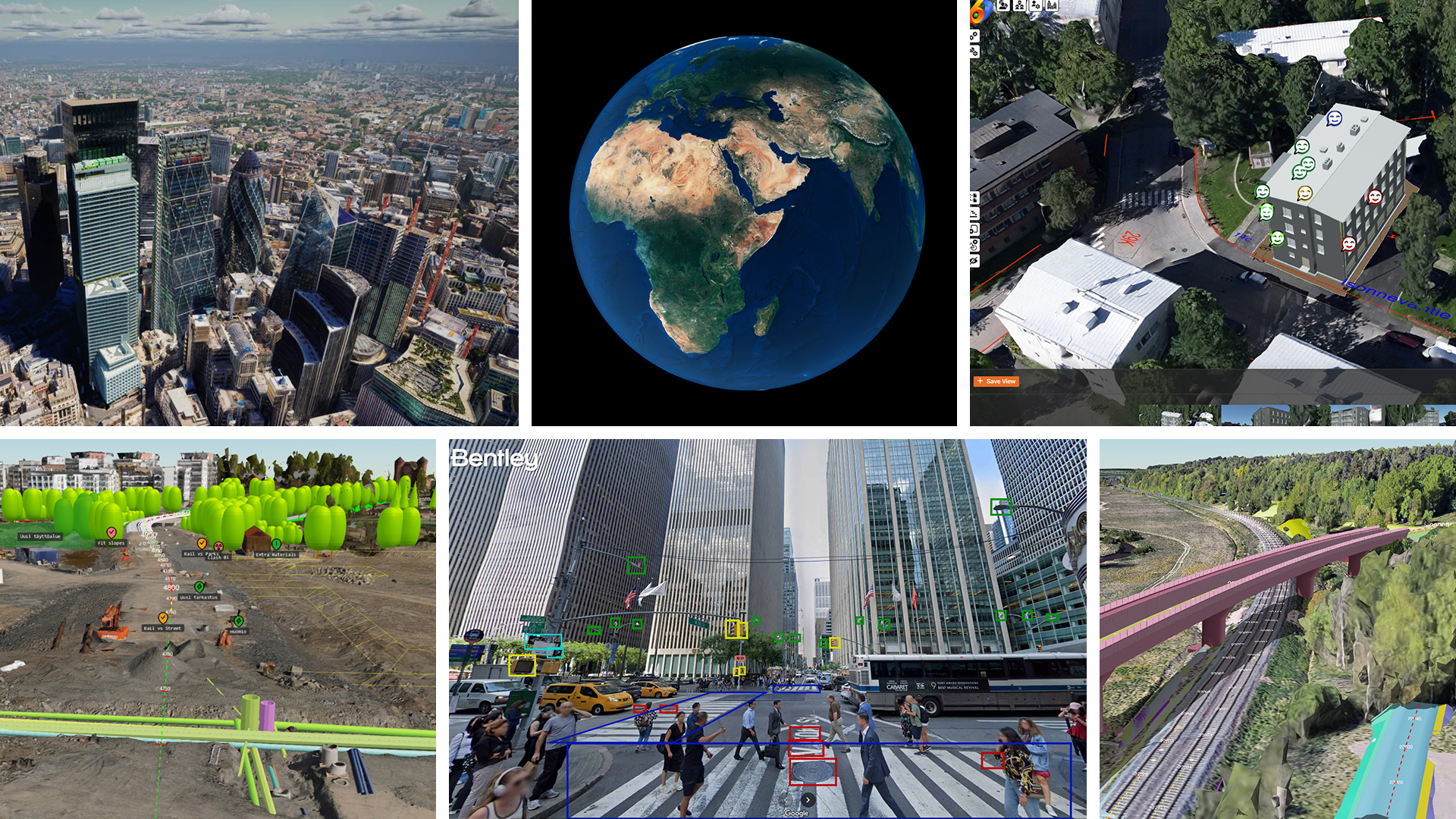Devastating wildfires tore through the hills surrounding Los Angeles in January, leaving emergency responders to navigate a maze of smoke, debris, and melted street signs. Familiar roads and landmarks were rendered unrecognizable. Like other densely populated areas hit by natural disasters, Los Angeles faced an agonizingly slow process of damage assessment—collecting information, conducting laborious inspections, and relying at times on guesswork to guide critical relief efforts.
This traditional approach to disaster relief is quickly changing thanks to a groundbreaking collaboration between Bentley Systems and Google. This partnership provides states with better information to recover from crises by using AI-generated insights pulled from constantly updated datasets and historical records of infrastructure.
And the fruits of this partnership will be applicable to many more infrastructure needs beyond disaster recovery.
Solving a Massive Data Problem
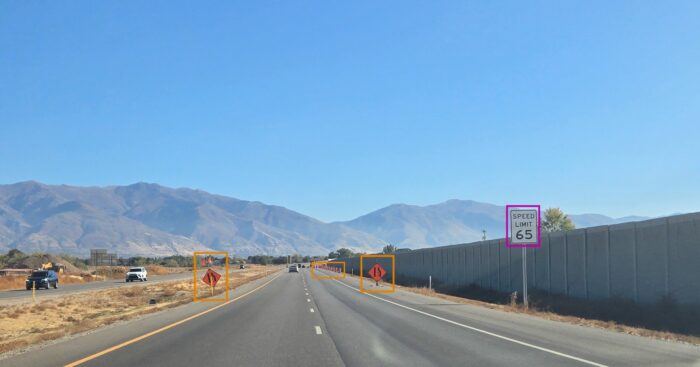 Blyncsy’s technology can be used to detect over 40 different road conditions and asset inventory issues.
Blyncsy’s technology can be used to detect over 40 different road conditions and asset inventory issues.When Bentley Systems, the infrastructure engineering software company, acquired Blyncsy, which applies AI to crowdsourced imagery for automated roadway asset detection and inventory, in 2023, it aimed to disrupt the tedious process of municipal roadway inspection. Integrating Google Maps’ robust imagery and data into Blyncsy establishes a comprehensive baseline for proactive management of everything from potholes and cracks in pavement to more serious infrastructure risks caused by disasters.
“Google has a kind of architecture, a framework, a pipeline—a system to optimize AI models on their cloud infrastructure,” explains Mark Pittman, Bentley’s director of infrastructure AI and the founder of Blyncsy. “That’s really what we’re taking advantage of.”
Before Blyncsy, departments of transportation and other agencies would spend months gathering detailed 360-degree imagery of roads and infrastructure. The work cost up to $300 per mile and required five months for data processing. Blyncsy slashes both. “We’ve been able to take that same information to market at half the cost and deliver it in 98% less time,” Pittman says. “Why? Because [the data has] already been collected. And now, with Google, we have access to exponentially more infrastructure information.”
AI-Powered Disaster Response
Leveraging Google’s continuously updated mapping data, Blyncsy can compare images of assets before and after incidents. New images captured by dashcams also help Blyncsy’s AI can detect everything from downed street signs to crumbling guardrails. The result? More accurate assessments and faster recovery.
This automated process doesn’t just streamline damage evaluations—it accelerates the entire recovery timeline. Cities and states can secure federal emergency funding almost immediately, because damage reports, which are required for funding requests, are produced within hours, not months, thanks to AI. “We can give officials the clarity they desperately need, exactly when they need it most,” Pittman says.
Beyond disasters
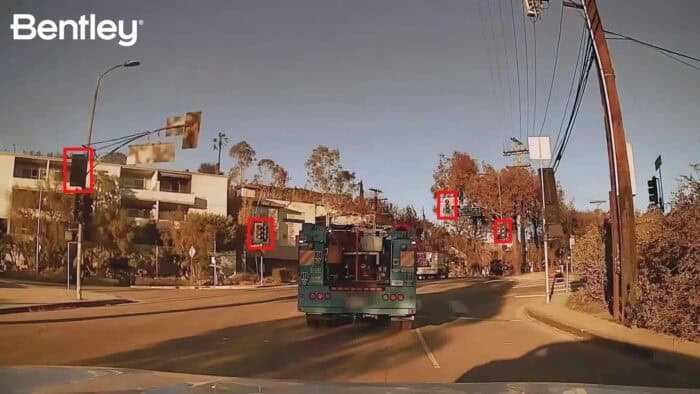 Malfunctioning streetlights are detected by Bentley’s Blyncsy technology in crowdsourced dash cameras in the Los Angeles area after wildfires caused major damage to critical safety infrastructure.
Malfunctioning streetlights are detected by Bentley’s Blyncsy technology in crowdsourced dash cameras in the Los Angeles area after wildfires caused major damage to critical safety infrastructure.While disaster recovery is a prime opportunity for this technology, Blyncsy helps with day-to-day transportation challenges as well. Google’s historical imagery combined with Blyncsy’s analytics enables users to detect infrastructure issues—like deteriorating pavement or fading road markings—long before they escalate into costly problems.
“Cities can now monitor infrastructure conditions continuously, accurately forecasting maintenance needs and prioritizing repairs based on real, data-driven insights,” Pittman says. This proactive approach not only extends the life of infrastructure but also helps municipalities plan budgets and allocate resources more effectively.
Expanding Global Coverage
One of Bentley’s goals is tackling the global disparity in inventory mapping coverage. Many rural or underserved areas lack comprehensive mapping. By combining Google’s worldwide Street View imagery with Blyncsy, the partnership can democratize access to essential infrastructure information.
“We’re not just building a platform for well-mapped urban centers,” Pittman states. “We’re creating a tool that delivers these benefits everywhere—ensuring communities globally have the information needed to maintain and protect vital infrastructure.”
Driving Sustainability Through Smarter Infrastructure
In addition to improving efficiency and resilience, the collaboration between Google and Bentley also advances a key priority for both organizations: sustainability. As a designated Google Sustainability Partner, Bentley is using Blyncsy to shift from reactive infrastructure repair to proactive, data-driven maintenance.
This preventative approach also reduces emissions from heavy construction, minimizes material waste, and aligns with broader goals to make infrastructure more sustainable, efficient, and climate resilient.
“Fixing a small pothole now has a fraction of the environmental impact compared to tearing up an entire road section later,” Pittman explains. “We’re not just preserving budgets—we’re conserving resources.”
Harnessing Google’s Vertex AI
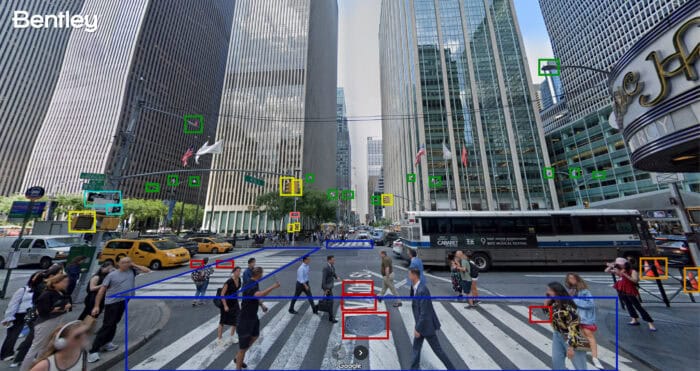 Bentley’s Blyncsy technology can be used with Google Street View imagery to detect roadway issues and assets, from potholes and crosswalk paint condition to street signs and traffic lights.
Bentley’s Blyncsy technology can be used with Google Street View imagery to detect roadway issues and assets, from potholes and crosswalk paint condition to street signs and traffic lights.The synergy between Bentley and Google is further amplified by Google’s Vertex AI, a fully managed AI platform powered by Google’s Gemini models. Vertex AI offers developers tools like Vertex AI Studio and Agent Builder to deploy advanced capabilities at scale.
“Through our partnership, we are leveraging Vertex AI to innovate faster,” Pittman says. “Google’s infrastructure significantly enhances our analytical capabilities, enabling us to deliver swift and accurate insights that city managers can act upon immediately.”
Setting New Standards for Resilience
Bentley Systems intends to demonstrate the partnership’s transformative capabilities through dramatic before-and-after comparisons of disaster-stricken areas. By providing cities with clear, visual evidence of infrastructure conditions, Blyncsy aims to revolutionize how governments approach recovery, resilience, and preparedness.
“This is not incremental change,” Pittman asserts. “It’s transformative.”
Driving Long-Term Urban Resilience
“Infrastructure is about more than roads and signs,” Pittman concludes. “It’s about the resilience of the people and communities these assets support. By harnessing the power of data and AI, we’re empowering cities to better serve and protect their residents, now and into the future.”
The collaboration between Blyncsy and Google isn’t just about fixing what’s broken—it’s about predicting issues before they escalate, offering a strategic advantage to cities looking to future-proof their infrastructure. As climate change accelerates and disasters become more frequent, this proactive approach may soon become a necessity. By combining AI-powered insights with Google’s unmatched mapping infrastructure, Blyncsy is delivering a blueprint for smarter, safer, and more resilient states and cities worldwide.
